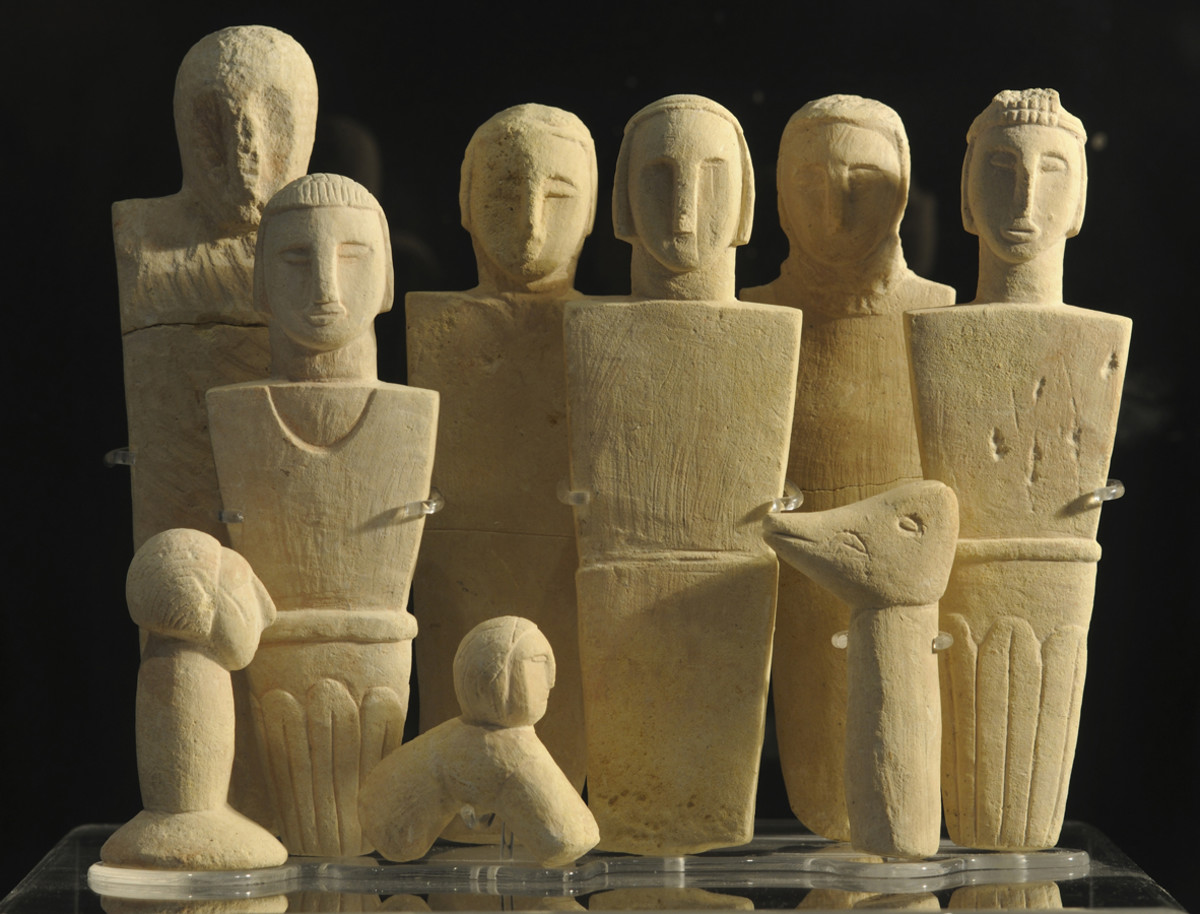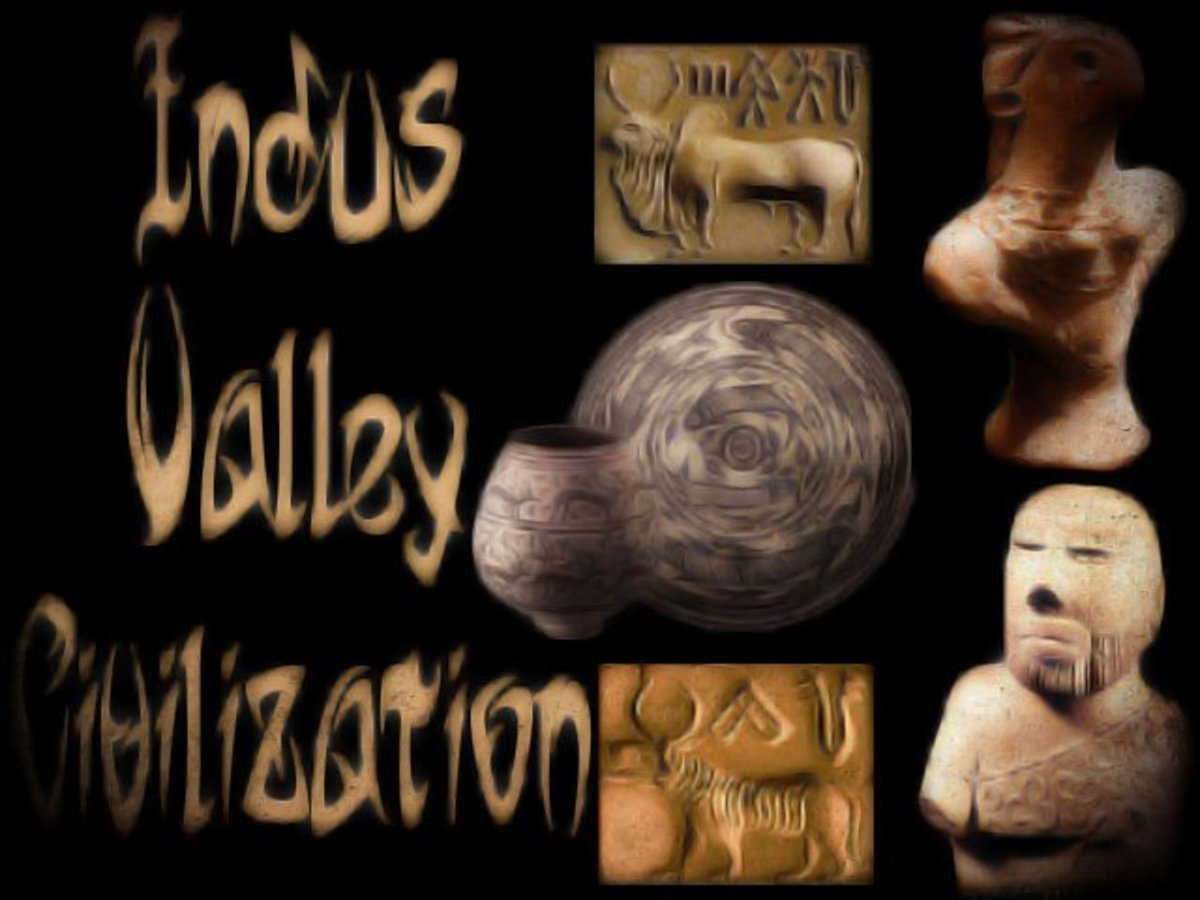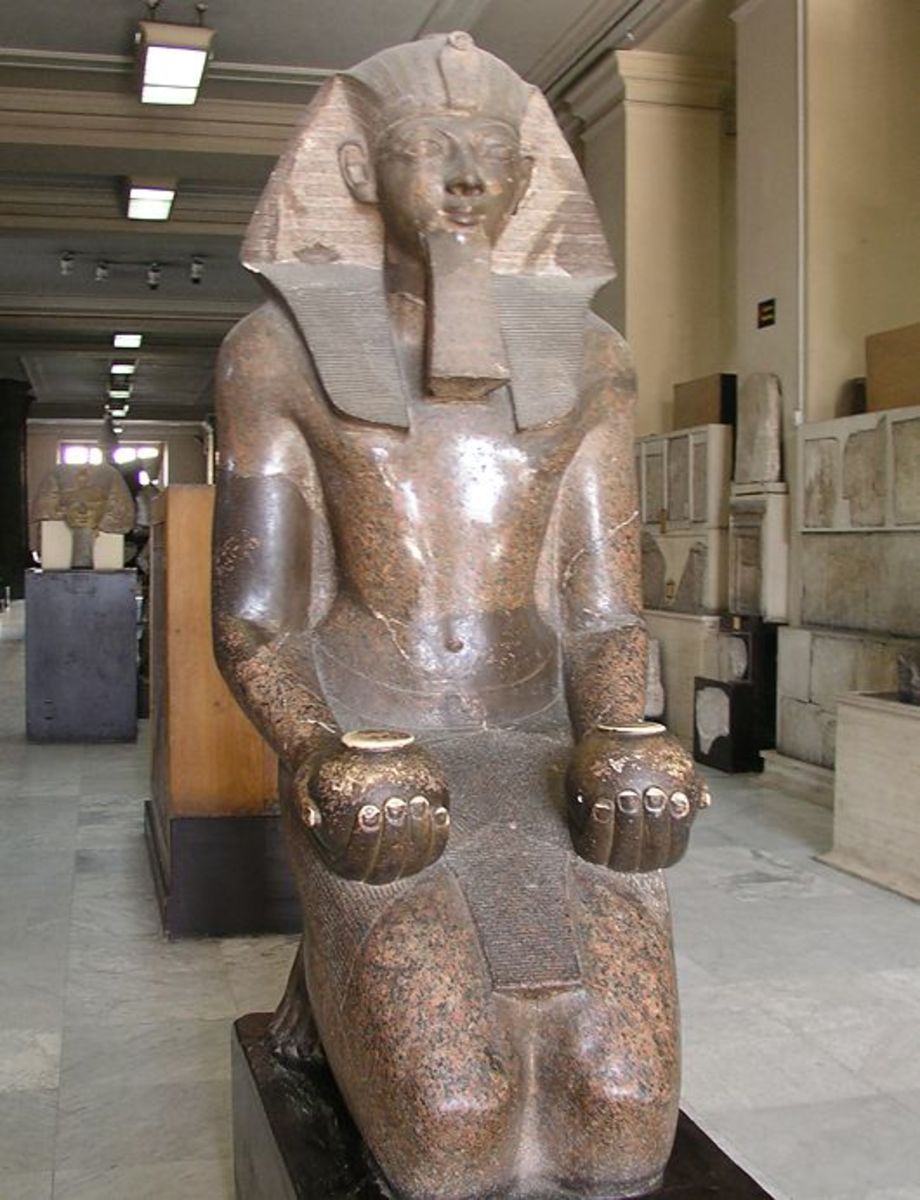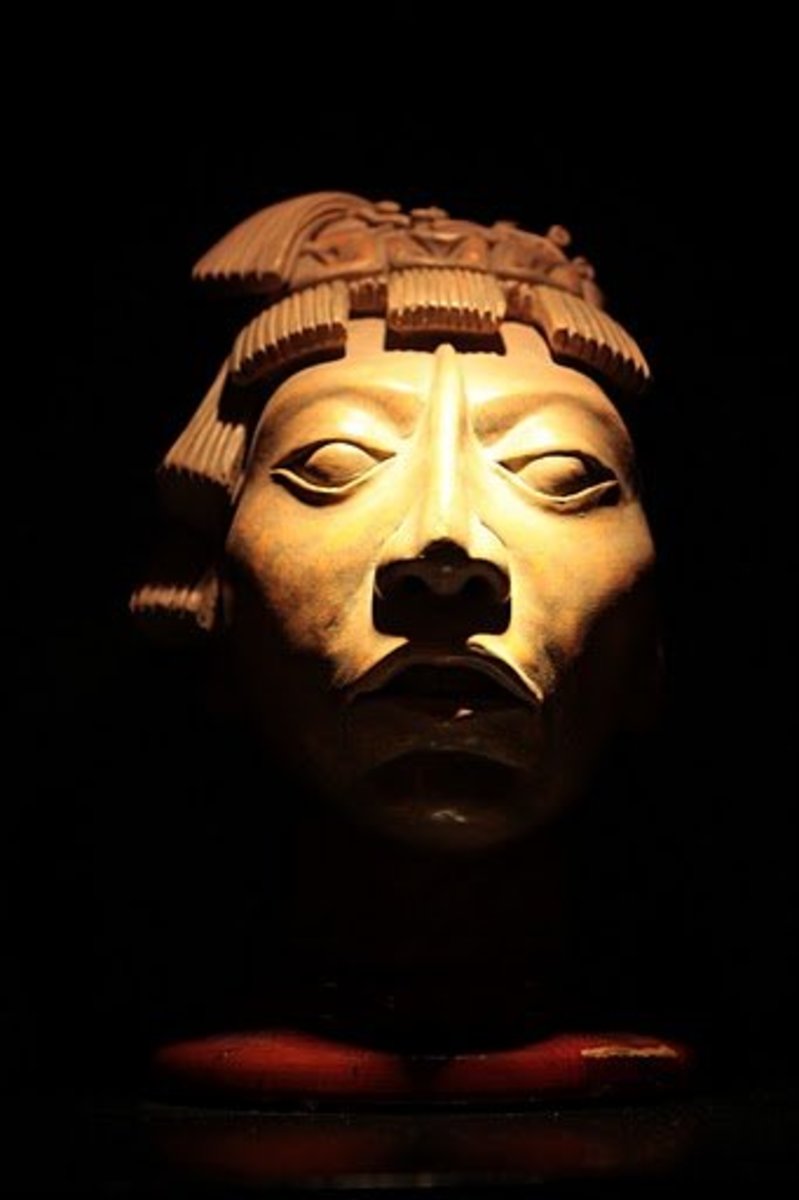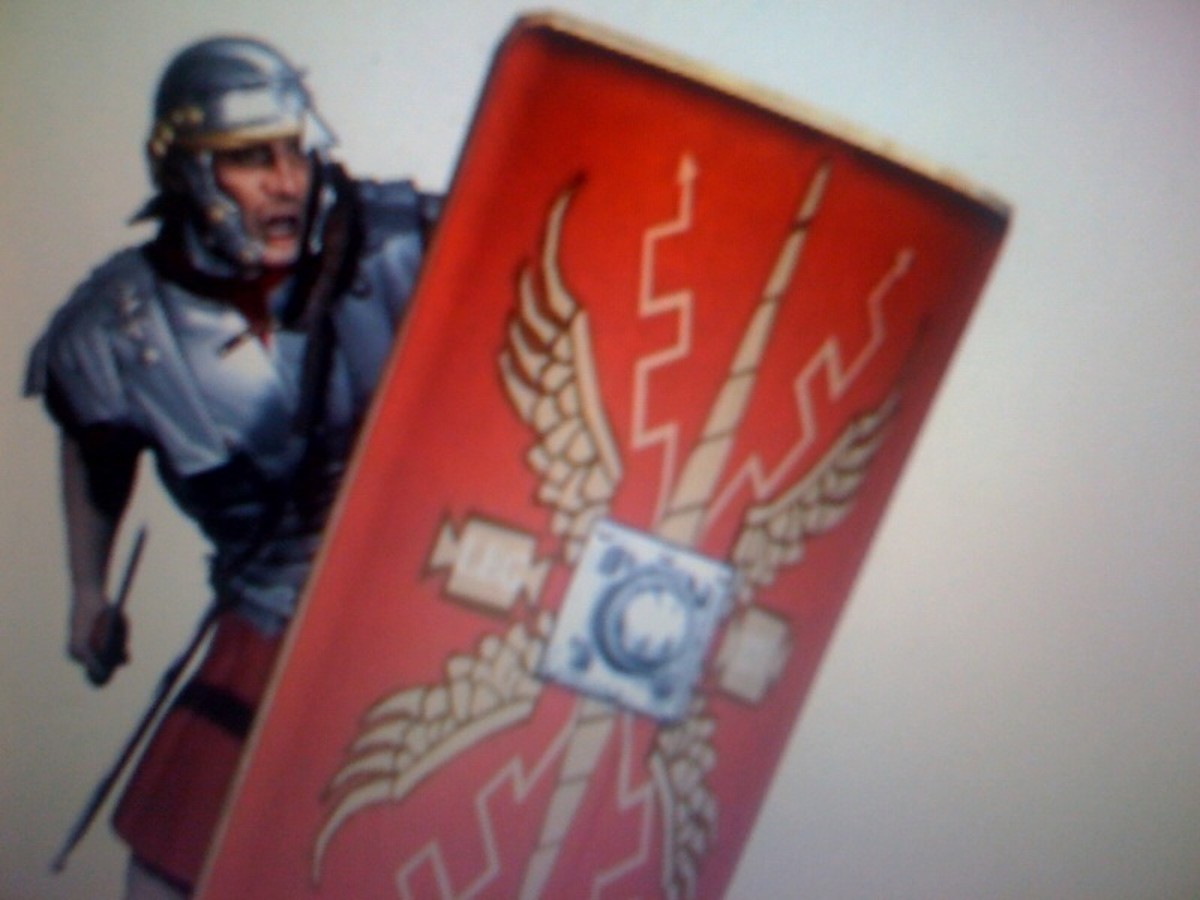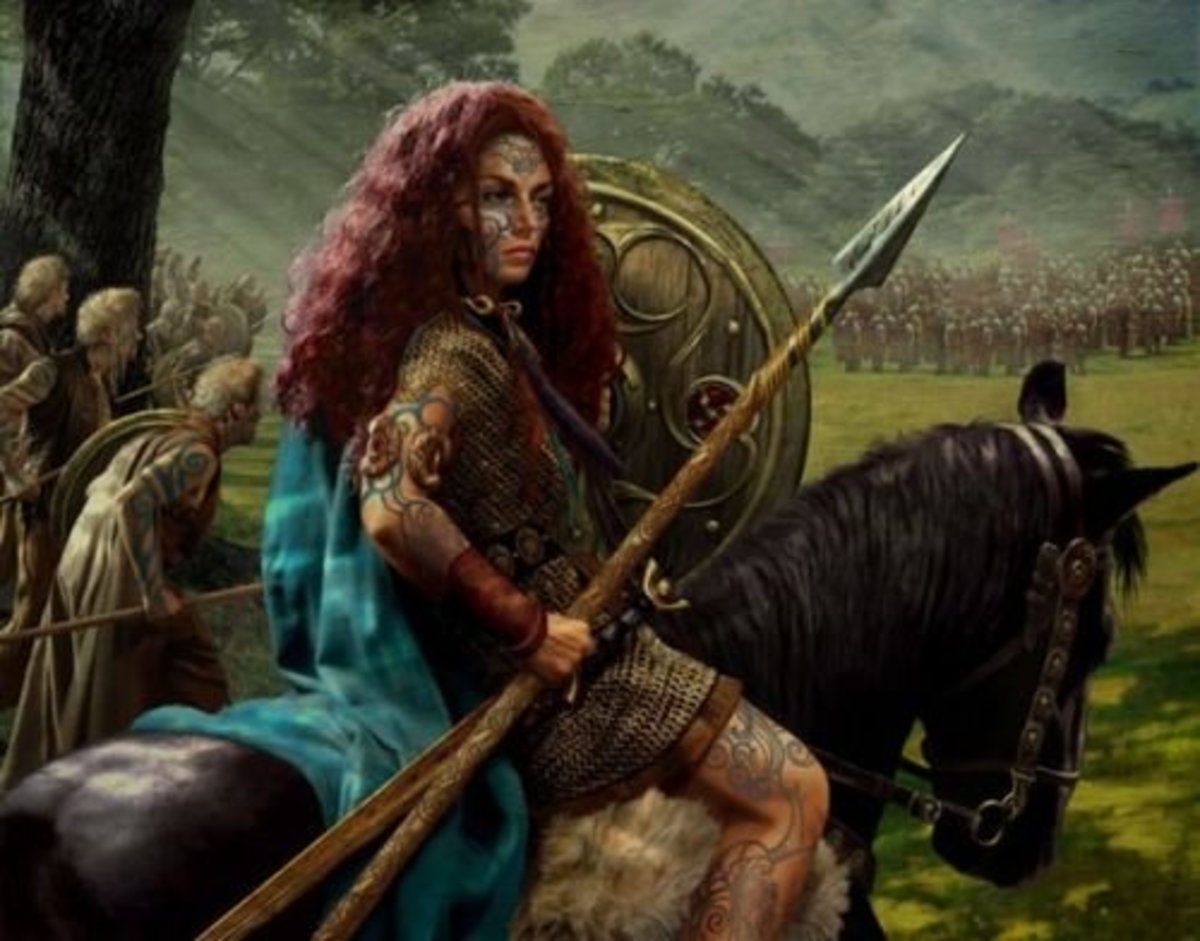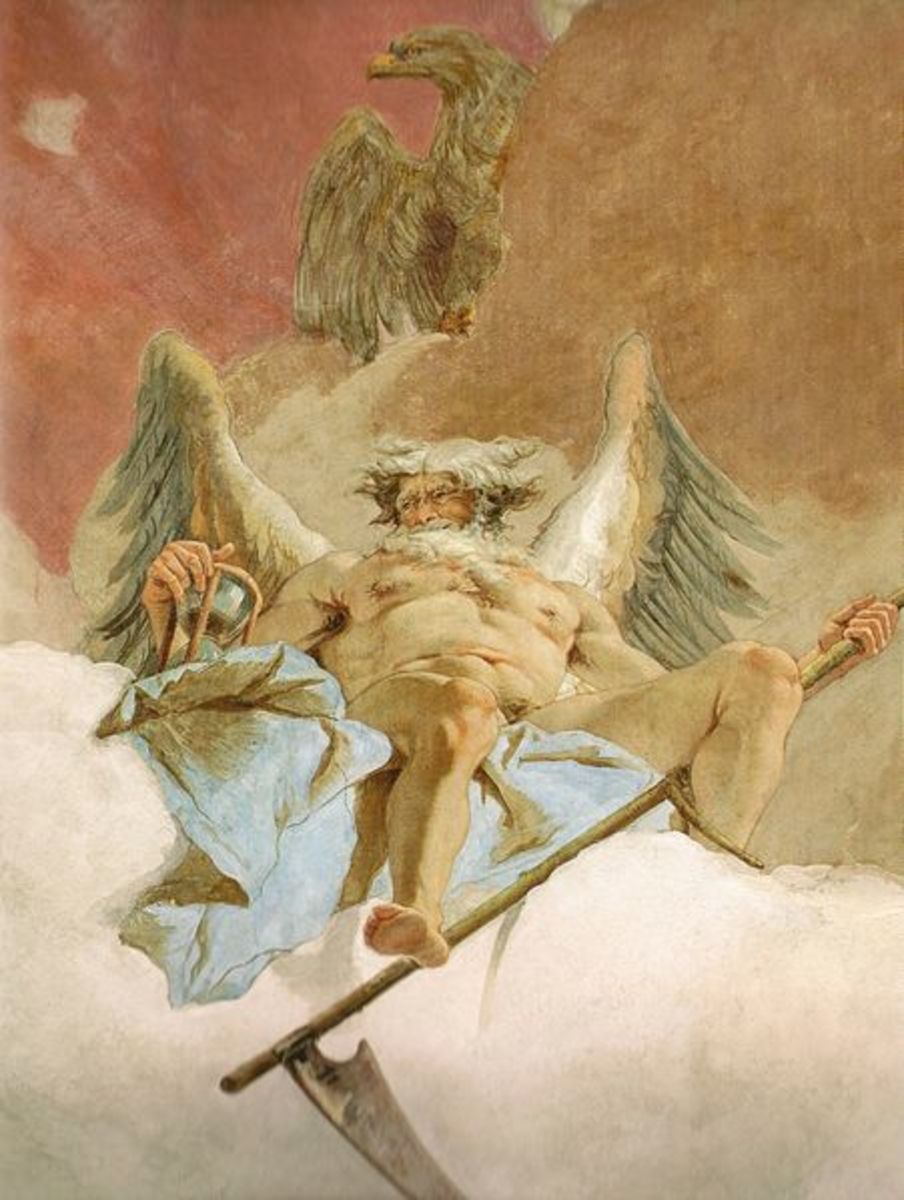Ancient India - The Harappan civilization
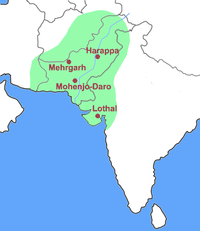
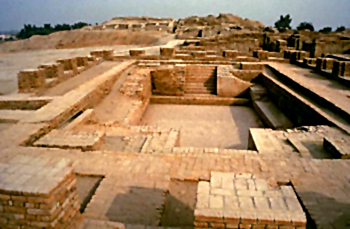
Beginning of the civilization
It started flourishing along River Indus(now in Pakistan) at around 2600 B.C. This culture shows distinctive pottery, traces of farming, planned settlements, trade with foreigners, and probably the origin of Hinduism. After 1900 B.C., most of the sites were abandoned due to some reasons. By 1900 B.C. major part of the civilization ended. Initially it was thought that Indian history begins with the settlements around the river Ganga (Mahajanapadas). But, later on, archaeologists discovered the Harrappan civilization and Harappa was the first discovered site.
Most important sites of Harrappa civilization
Some important and major sites are Harrappa, Mohenjodaro, Lothal, chanhudaro, Mehrgarh, Kalibangan, Rajhgira, etc. Mohenjaro is considered as Urban centre because it was very well planned and connected very well to other major and minor sites.
Subsistence strategies of the people
People relied on many wild plants and animals, fishing and agriculture for their food. There are evidences of bones of animals with knife cuts on it which proves that people consumed flesh. Terracotta toys of some shapes show that agriculture was well-developed in Indus valley. Terracotta toy of an oxen, plough, etc. Agricultural tools in form of toys show that people relied on agriculture too.
Most of the harrappan sites were located in semi-arid regions. So, to enhance agricultural produce, they needed facilities of irrigation. Traces of canals were also found which proves that there were good technologies developed for irrigation.
Town Planning
Sites like Mohenjodaro show that there towns were planned very well. The whole city was divided in two halves i.e. Citadel and lower town. Citadel was western part of the city and was higher than the lower town. On citadel, some special buildings were built like 'The great bath of Mohenjodaro'. Such buildings were used on some religious occasions or on public gatherings. The lower town was the eastern side of the city and consisted of houses, streets, factories, etc.
The roads and streets were planned and made like grids i.e. grid like arrangement of roads and streets were seen. Houses were built along the roads. Each house was connected to the main drain.
Rooms of the houses were built around the courtyard. There were no windows on the walls which faced roads and the main entrance never viewed interior of the house or the courtyard. This shows that people were concerned about their privacy.
Burials
When people died, they were buried in pits, some of the pits were lined by bricks. Some of the burials contained ornaments, pottery, etc; maybe a belief that these things can be used after life. Jeweleries were found in both men and women burials which means that both men and women used ornaments. Such burials are few. But in general, Harrappans never believed in burying precious things.
Craft Production
Chanhudaro was the center of crafts production. It was specialist in bead works. Crafts production involved making of bangles, toys, bead works, pots, etc. Operations used were grinding, polishing, drilling, etc. These produce were traded with distant foreigners like Mesopotamians. Nageshnagar was located near Arabian sea and was specialist in producing objects of shells. Thus, all the shell objects were transported to other settlements from Nageshnagar and all the bead objects were transported to other settlements from Chanhudaro.
How centers of production were identified by the archaeologists? Simply by evidences of tools, raw materials, unfinished objects, rejects, waste materials, etc.
Transportation system and trade
Teracotta toys of bullock carts suggest that carts were main vehicle used for transporting goods during those times. Some materials which were used for manufacturing were obtained from established sites like Chanuharo for beads, Nageshnagar for shells, etc. Some raw materials were obtained through expeditions like gold was obtained from south India. But most important contacts of harrappan people were those from distant lands. They were Mesopotamians, Majan( now Oman), etc. Mesopotamian texts refer to contacts from Meluha (harrapaan people). Mesopotamian seals contained humped bull motif which was probably inspired from the Harrappan seals.
Seals and Scripts
Inscriptions during that time still remains undeciphered to date. But, scripts were written from rights to left. Many signs were used and they are around 375 to 400 in numbers. A typical harappan seal consisted of inscriptions on top and motifs below. Inscriptions were written left to right. Probably motifs conveyed a sign to people who cannot read. Seals were basically used to convey the identity of the sender and to facilitate long distant communication.
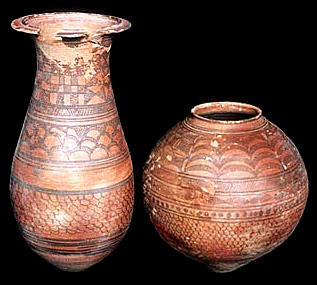
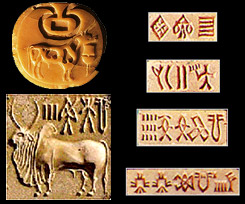
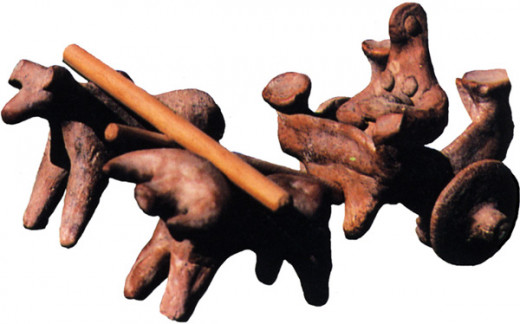
End of the civilization
By 1800 B.C. most of the mature Harrappan sites were abandoned. The expansion of population and its migration took place towards Punjab, Gujrat, Western UP, etc. After 1900 B.C. the sites which existed marked the transformation of material culture i.e. disappearance of distinctive art facts of civilization like weights, seals, distant trade, etc. The reasons responsible for the end of the civilization is still unknown. But probable reasons are constant and excessive flooding of river Indus, deforestation, overuse of the landscape, drying and shifting of rivers, etc. For overall collapse of the civilization, possibly the end of Harrappan state was responsible. Harrappan state might have ended because there are evidences of absence of distinctive art facts like seals, pottery, etc

